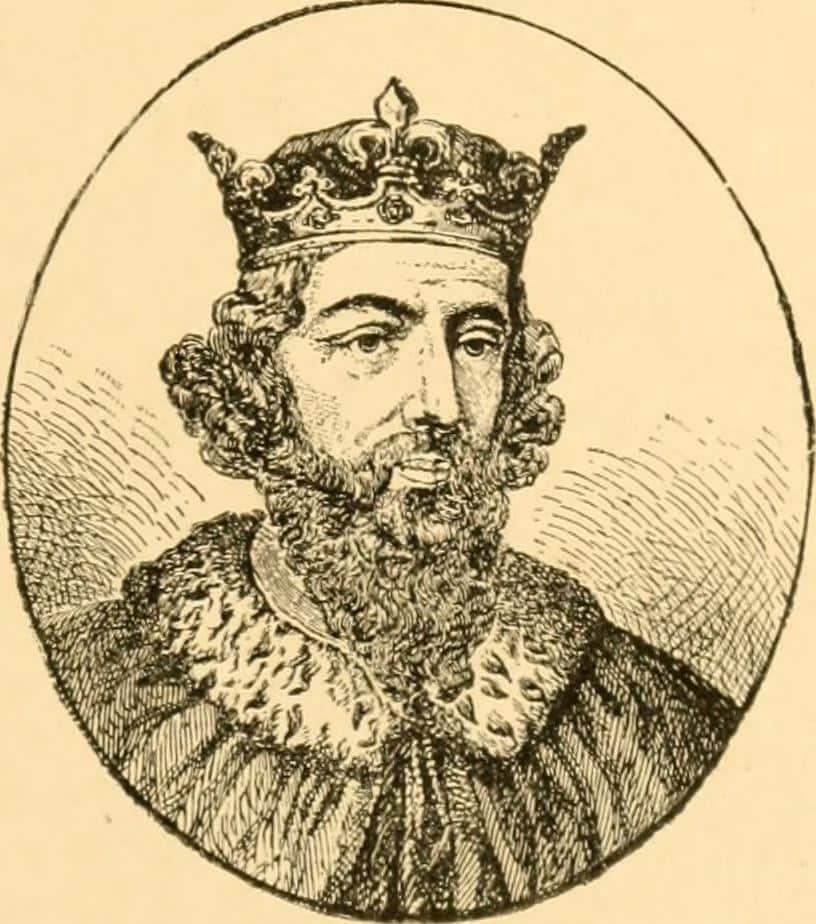
1066 - Early Crawfords
The Crawfords of Scotland are derived from a Danish chief named Thorlongus (Latin for Thor) whose father, Leofwine of Mercia, and grandfather, Edulf of East Anglia, had married into the Anglo-Saxon monarchy of England in the late 900’s and early 1000’s.The Crawfords are descendants of Alfred the Great, King of England, Thor and his predecessors were beneficiaries to land grants in the English jurisdiction of Mercia which was known as the Merse in Scotland.
However, in 1066 William the Norman defeated Thor’s cousin, King Harold, at the Battle of Hastings during Harold’s first year as King. Afterward, William the Norman began purging the Anglo-Saxon land holders in England to consolidate his control by eliminating potential challenges to his sovereignty.
Thor had a son, Swane (Anglo for Sven), who was granted the lands of Swinton (Sven Town) in Northumbria, west of York. Sven is not to be confused with the Earl of Richmond who lived nearby. Sven had a son, Galfridus, who migrated to Lanarkshire in Scotland. Since later defined adjacent parishes of Crawford and Crawfordjohn were granted to the sons of Galfridus, King Edgar (1097-1107) or his brother King Alexander I (1107-1124), who were cousins of Galfridus, apparently granted Galfridus land in Lanarkshire which was previously entirely known as the Barony of Crawford. Galfridus, whose wife was apparently the first Celt in the line, had two sons Hugh and Reginald. From the eldest son, Hugh, came the prime family branch of Crawford parish within the original barony chartered to Galfridus. Another portion of the original barony later known as Crawfordjohn parish was granted to Reginald (1080-1160).
The earliest official reference to the Crawford surname is in 1127 when two knights of this name served under King David I (1124-1153), Sir John (Johannes) and Sir Gregan de Crawford, both of whom were the sons of previously mentioned Reginald of Crawfordjohn parish. In 1127 Sir Gregan Crawford was involved in the legendary incident when King David was saved from a stag (and founded the Abbey of Holyrood as a result). As oldest son, John received his father’s lands in the upper Strathclyde. It is from this John who died in 1140 that the parish received the name Crawfordjohn.
Sir Reginald de Crawford (1180-1250) from Crawfordjohn parish was appointed heritable Sheriff of Ayr by William the Lion (1165-1214). The Crown Office of High Sheriff of Ayr was long held by his prime male descendents. The Sheriff was essentially the Crown’s chief executive and decided appeals from the Courts of Barony throughout the shire. Reginald was sometimes called Ranald or Ronald. In about 1200 the Arms of Loudoun were quartered by Reginald upon his marriage with Margaret de Loudoun, the heiress of that extensive barony. By traditions of inheritance, the second Sheriff of Ayr was Hugh, the oldest son of the first Sheriff.